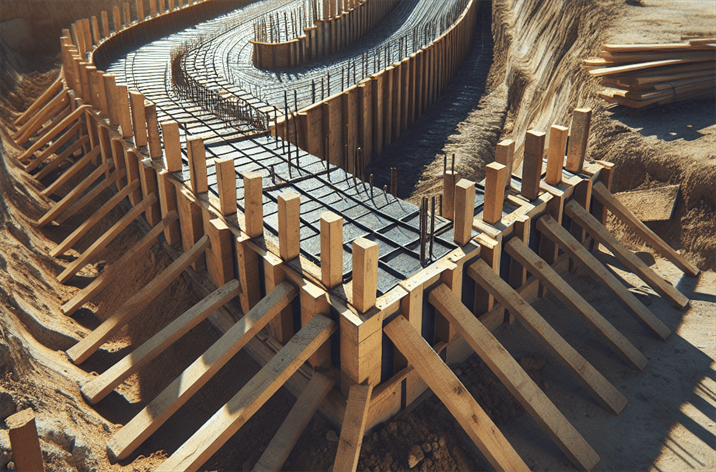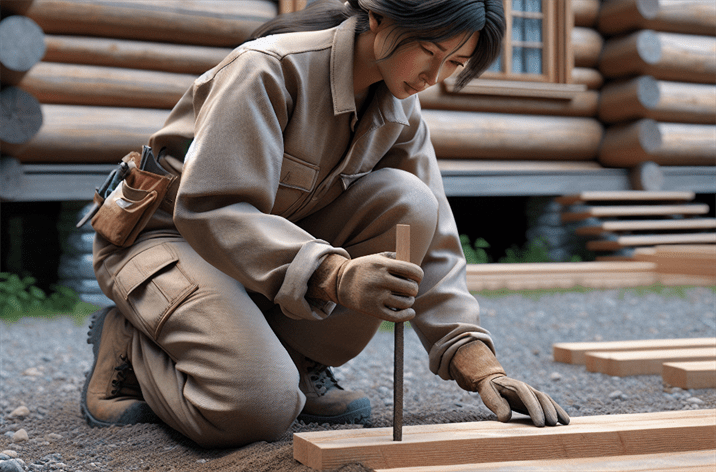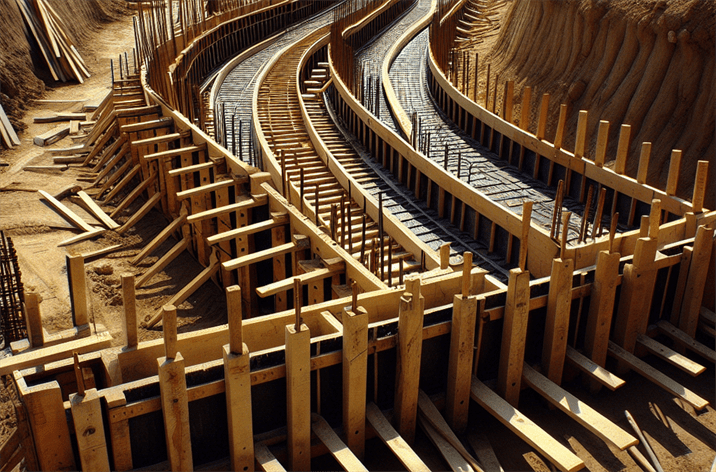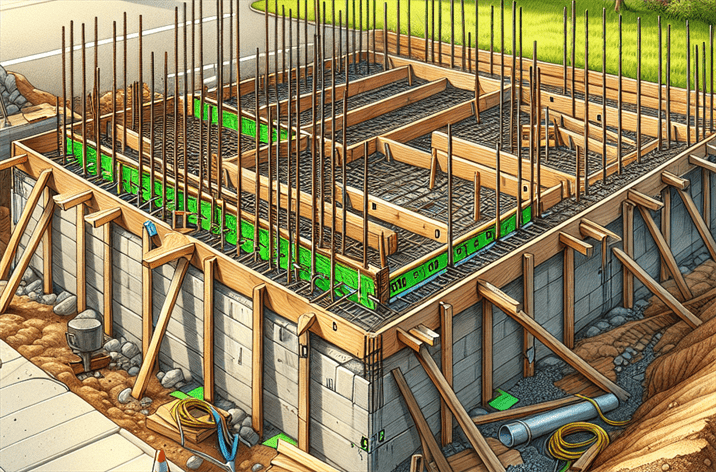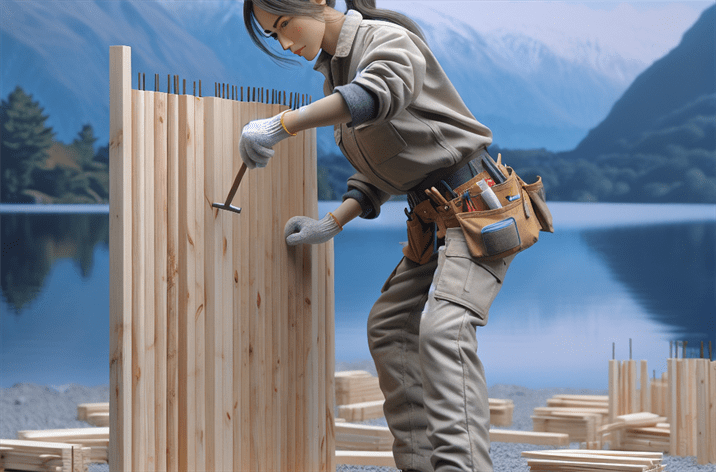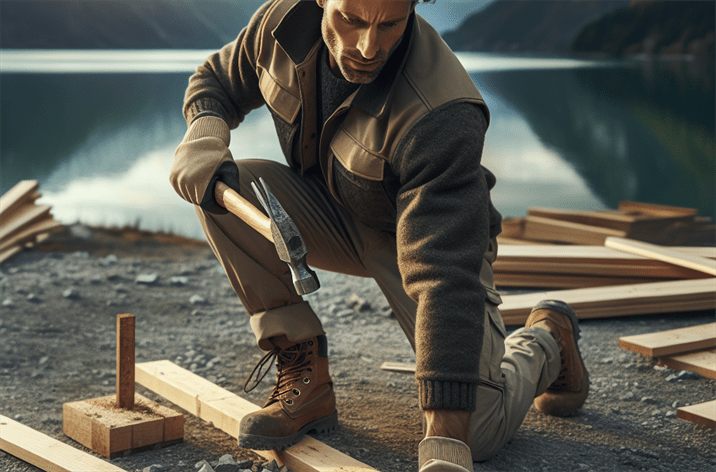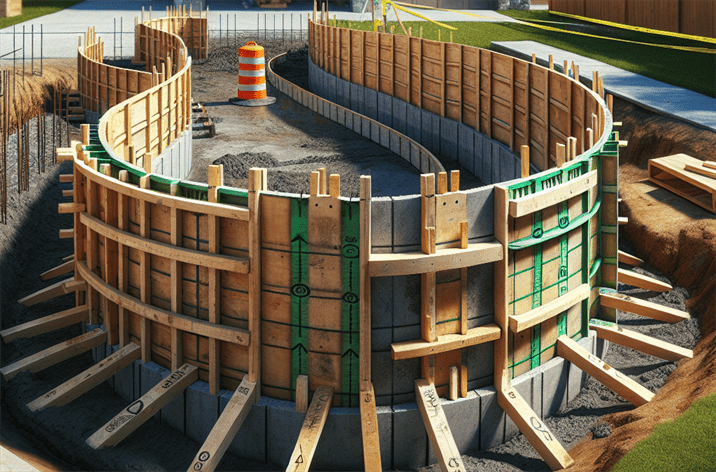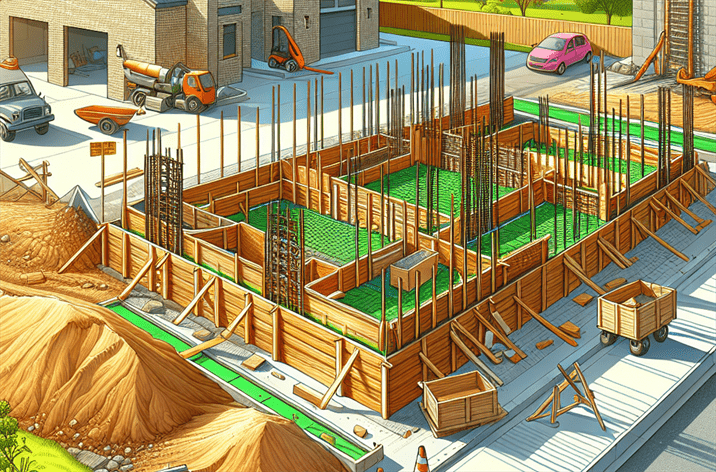Amazing Guide to Lath for Construction in Wisconsin
Introduction
Did you know that the use of lath for construction in Wisconsin dates back centuries, yet remains a cornerstone of modern building techniques? This often-overlooked material plays a crucial role in ensuring structural integrity and aesthetic appeal. In Wisconsin, the demand for quality lath is soaring as construction projects flourish. From residential homes to commercial buildings, understanding the nuances of lath can significantly impact the success of a project. Recent studies have shown that choosing the right lath can enhance durability and reduce costs, making it a hot topic among contractors and builders.
In this guide, we will delve into the multifaceted world of lath for construction in Wisconsin. We will explore its definition, historical context, functionality, benefits, and future trends. By the end of this article, you will have a comprehensive understanding of lath and how it can be effectively utilized in your construction projects.
For more insights into the benefits of using lath, check out our article on Advantages of Stakes and Lath in Building.
What is Lath for Construction in Wisconsin?
Definition
Lath refers to thin, narrow strips of wood, metal, or other materials used to support and reinforce plaster, drywall, or stucco. This versatile material is essential in creating a framework that provides stability and shape to walls and ceilings. The traditional wooden lath is often made from pine, while newer materials may include metal or synthetic options that offer enhanced durability and moisture resistance.
Historical Context
The use of lath dates back to ancient civilizations, where wooden slats were used to support plaster in mud brick buildings. Over time, the evolution of construction materials has introduced new forms of lath, including metal and synthetic options. However, the core purpose remains unchanged: to facilitate a sturdy surface for finishing materials.
The Importance of Lath for Construction in Wisconsin
In Wisconsin, the climatic conditions can be quite challenging. The use of quality lath becomes even more critical in ensuring that structures can withstand these environmental factors. Whether it’s the harsh winters or the humid summer months, having the right lath can contribute to the longevity of a building.
Moreover, local builders and contractors have started to recognize the importance of using lath that is sourced responsibly and sustainably. This trend not only supports the local economy but also aligns with growing concerns about environmental impact.
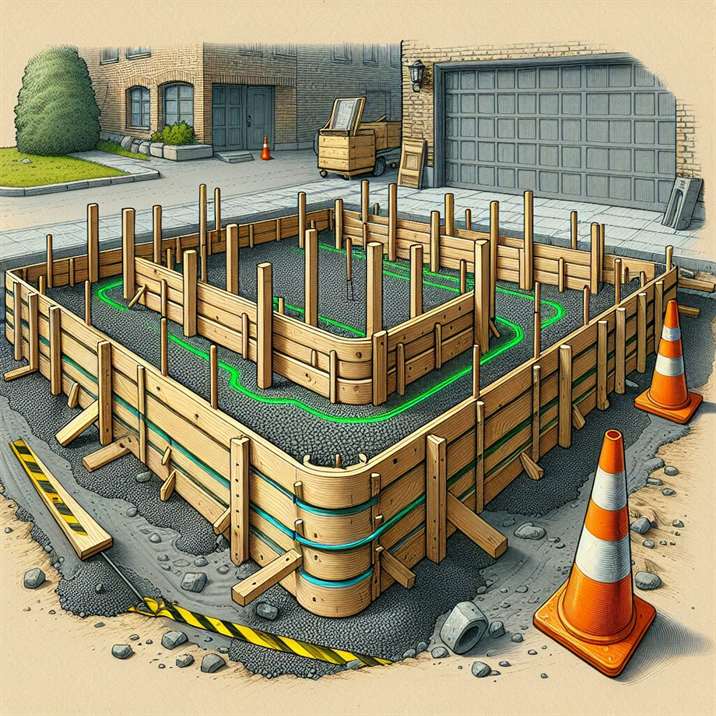
Benefits of Using Lath for Construction in Wisconsin
Enhanced Structural Integrity
One of the most significant benefits of using lath is the enhanced structural integrity it provides. By distributing the weight of finishes evenly, lath minimizes the risks of cracking and sagging over time. This is particularly important in areas prone to temperature fluctuations, as the expansion and contraction of materials can lead to structural failures.
Cost-Effectiveness
Choosing the right lath can also lead to significant cost savings in the long run. By investing in durable materials, contractors can reduce the frequency of repairs and maintenance. This is especially beneficial for large-scale projects, where minimizing ongoing costs is crucial for profitability.
Versatility
Lath comes in various forms and materials, making it a versatile choice for different construction needs. From traditional wood to modern metal and synthetic options, builders can select the type of lath that best suits their project requirements. This adaptability allows for innovative architectural designs and finishes, enhancing the aesthetic appeal of structures.
Improved Energy Efficiency
With the right installation techniques, lath can contribute to better insulation and energy efficiency. By providing a solid base for insulation materials, lath helps to keep indoor temperatures stable, reducing the reliance on heating and cooling systems. This not only lowers energy bills but also promotes environmental sustainability.
Easy Installation
Another advantage of lath is its ease of installation. Experienced contractors can quickly and efficiently install lath systems, reducing labor costs and project timelines. Additionally, many modern lath products are designed for straightforward application, making them accessible even for DIY enthusiasts.
Internal Link
For more detailed strategies on maximizing construction efficiency, explore our guide on Optimal Stakes and Lath Construction Methods.
How to Choose the Right Lath for Construction in Wisconsin
Assessing Project Needs
Before selecting lath, it’s crucial to assess the specific needs of your project. Consider factors such as the type of finish you plan to use, the environmental conditions, and the overall design. For instance, if you’re working on a project in a high-moisture area, opting for metal or treated wood lath may be beneficial.
Material Types
- Wooden Lath: Traditional and widely used, wooden lath offers aesthetic appeal and ease of use. However, it may require regular maintenance to ensure longevity.
- Metal Lath: Ideal for high-moisture environments, metal lath is resistant to rot and pests. It’s also fire-resistant, making it a safe choice for certain applications.
- Synthetic Lath: This modern option is lightweight and highly durable. Synthetic lath can withstand extreme weather conditions, making it suitable for various projects in Wisconsin.
Regulatory Compliance
Ensure that the lath you choose complies with local building codes and regulations. This is particularly important for commercial projects where safety standards are stringent. Familiarizing yourself with these requirements can save you from potential legal and financial repercussions.
Internal Link
For a deeper understanding of regulatory requirements, visit our detailed guide on construction alignment tools that covers necessary compliance measures.
Installation Best Practices for Lath in Construction
Preparation
Before installation, ensure that the surface where the lath will be applied is clean and dry. Proper preparation is crucial for the longevity and effectiveness of the lath system.
Installation Techniques
- Spacing: Maintain consistent spacing between lath strips to allow for the proper application of plaster or drywall. This will help prevent cracking and ensure an even finish.
- Fastening: Use appropriate fasteners that are compatible with the lath material. For wooden lath, nails are typically used, while metal lath may require screws or staples.
- Overlap: When installing multiple strips of lath, ensure that they overlap slightly to create a continuous surface. This reduces the likelihood of gaps that can compromise structural integrity.
Finishing
Once the lath is securely installed, the next step is to apply the chosen finishing material. Whether it’s plaster, drywall, or stucco, ensure that the application is even and consistent for the best results.
Internal Link
For additional tips on ensuring accuracy during installation, check out our article on Construction Project Stake Layout Guide.
Future Trends in Lath for Construction in Wisconsin
Sustainable Practices
As environmental concerns continue to rise, the construction industry is shifting towards more sustainable practices. The use of eco-friendly materials, including sustainably sourced lath, is becoming increasingly popular. Builders are now more likely to choose materials that minimize environmental impact while maintaining performance standards.
Technological Innovations
Advancements in technology are also influencing the future of lath. New materials and installation techniques are being developed that enhance durability, reduce costs, and improve energy efficiency. Additionally, smart construction tools are being introduced that allow for more precise applications and measurements.
Customization
The demand for customizable solutions in construction is on the rise. Builders are looking for lath products that can be tailored to meet specific project requirements. This trend is driving innovation in the industry, leading to the development of specialized lath options that cater to unique architectural designs.
Internal Link
To explore more about innovative construction materials, read our comprehensive guide on Comprehensive Guide: Construction Stake Uses & Materials.
Conclusion
In conclusion, understanding lath for construction in Wisconsin is essential for builders and contractors alike. This versatile material not only enhances structural integrity but also offers significant cost savings, versatility, and energy efficiency. As the construction landscape continues to evolve, staying informed about the latest trends and best practices in lath usage will ensure that your projects stand the test of time.
By making informed choices about lath, you can contribute to the success of your construction projects while supporting sustainable practices. Whether you are a seasoned contractor or a DIY enthusiast, integrating quality lath into your work will undoubtedly yield impressive results. So, the next time you embark on a construction project, remember the vital role that lath plays in creating lasting and beautiful structures.
Resource Links:
1. Wisconsin Lath Company – Comprehensive guide on lath products and their applications in construction throughout Wisconsin.
2. Build Wisconsin – Resource for construction professionals, including information on lath installation and best practices in local projects.
3. Wisconsin Historical Society – Insightful articles on traditional and modern lath techniques used in Wisconsin’s historical buildings.


